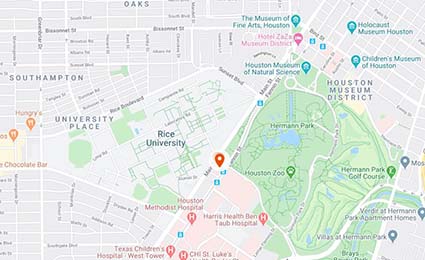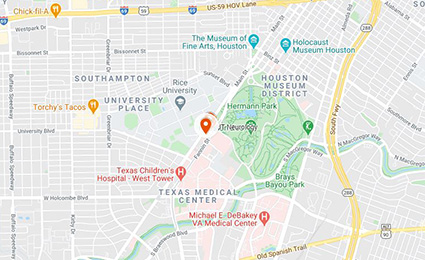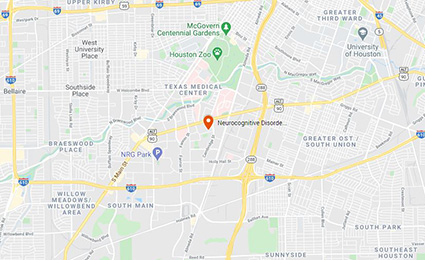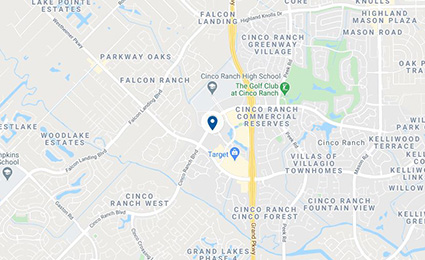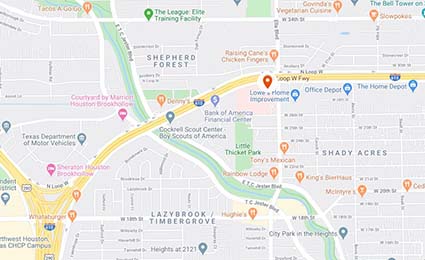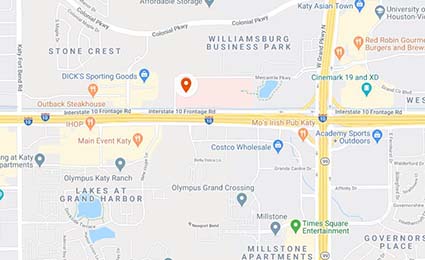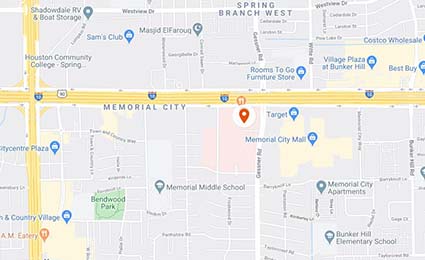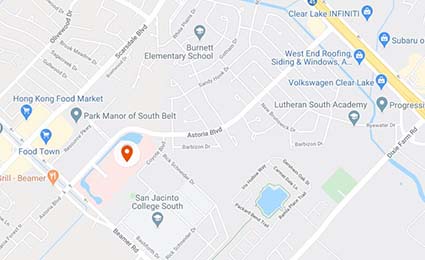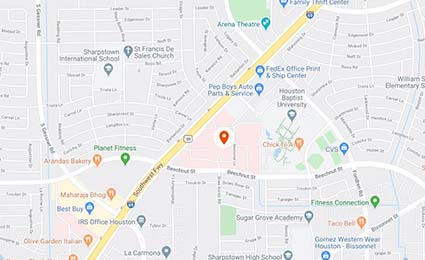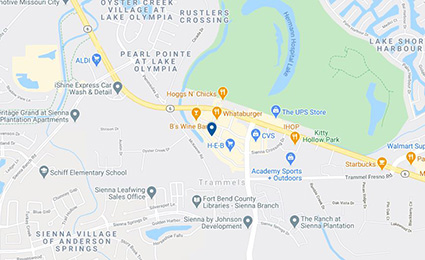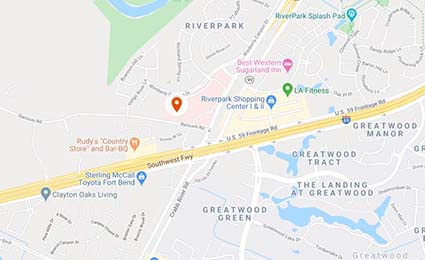Lumbar Laminotomy
What is Lumbar Laminotomy?
A lumbar laminotomy helps relieve pressure on the spinal cord in the lower back by removing part of the lamina bone. A laminotomy is less invasive than other surgeries, including a laminectomy, because it leaves more ligaments and muscles attached to the spinal column intact. (A laminectomy, on the other hand, removes the entire lamina.)
As a result, laminotomies usually have a faster recovery time, with fewer complications. Laminotomy is commonly performed as a treatment for lumbar spinal stenosis and herniated disks. The surgery is performed when more conservative treatments, such as physical therapy and medication, fail to relieve symptoms that are interfering with everyday life, including numbness, weakness, and balance problems.
Reasons for a Lumbar Laminotomy
A doctor may recommend a lumbar laminotomy for several reasons, including to relieve pressure on a spinal nerve, treat a disk problem, or remove a tumor or cyst. A lumbar laminotomy may be performed to remove bone spurs and abnormal growths that are constricting the spine and causing back or leg pain.
What to expect during surgery and recovery
While the patient is under general anesthesia, the surgeon makes a small incision over the affected vertebra and then removes part of the lamina and shaves any bone spurs before closing the incision. In some cases, a fusion may be performed at the same time. Patients are usually discharged within one to three days.
What You Can Expect at UTHealth Neurosciences
The UTHealth Neurosciences Spine Center brings together a multidisciplinary team of board-certified, fellowship-trained neurosurgeons, neurologists, researchers, and pain management specialists who work together to help provide relief for even the most complex problems. Your team will share insights, leading to better treatment decisions and outcomes.
We first investigate nonsurgical treatment options, including medical management, pain management, physical therapy, rehabilitation, and watchful waiting. When surgery is needed, our neurosurgeons routinely employ innovative minimally invasive techniques. Throughout the treatment process, we will work closely with the doctor who referred you to ensure a smooth transition back to your regular care. While you are with us, you will receive expert care, excellent communication, and genuine compassion.
Most patients can resume normal activities within a few months. Your spine surgeon will give you specific information related to your condition and lifestyle goals, as well as a detailed description of the surgery and instructions on how to make the best recovery.
Anatomy of the neck and spine
The spine is divided into the following regions:
- The cervical region (vertebrae C1-C7) encompasses the first seven vertebrae under the skull. Their main function is to support the weight of the head, which averages 10 pounds. The cervical vertebrae are more mobile than other areas, with the atlas and axis vertebra facilitating a wide range of motion in the neck. Openings in these vertebrae allow arteries to carry blood to the brain and permit the spinal cord to pass through. They are the thinnest and most delicate vertebrae.
- The thoracic region (vertebrae T1-T12) is composed of 12 small bones in the upper chest. Thoracic vertebrae are the only ones that support the ribs. Muscle tension from poor posture, arthritis, and osteoporosis are common sources of pain in this region.
- The lumbar region (vertebrae L1-L5) features vertebrae that are much larger to absorb the stress of lifting and carrying heavy objects. Injuries to the lumbar region can result in some loss of function in the hips, legs, and bladder control.
- The sacral region (vertebrae S1-S5) includes a large bone at the bottom of the spine. The sacrum is triangular-shaped and consists of five fused bones that protect the pelvic organs.
Spine Disease and Back Pain
Arthrodesis
Artificial Disc Replacement
Cauda Equina Syndrome
Cervical corpectomy
Cervical disc disease
Cervical discectomy and fusion
Cervical herniated disc
Cervical laminectomy
Cervical laminoforaminotomy
Cervical radiculopathy
Cervical spondylosis (degeneration)
Cervical stenosis
Cervical spinal cord injury
Degenerative Disc Disease
Foraminectomy
Foraminotomy
Herniated discs
Injections for Pain
Kyphoplasty
Laminoplasty
Lumbar herniated disc
Lumbar laminectomy
Lumbar laminotomy
Lumbar radiculopathy
Lumbar spondylolisthesis
Lumbar spondylosis (degeneration)
Lumbar stenosis
Neck Pain
Peripheral Nerve Disorders
Radiofrequency Ablation
Scoliosis
Spinal cord syrinxes
Spinal deformities
Spinal injuries
Spinal fractures and instability
Spinal Cord Stimulator Trial and Implantation
Spinal Fusion
Spinal Radiosurgery
Spine and spinal cord tumors
Spondylolisthesis
Stenosis
Tethered spinal cord
Thoracic herniated disc
Thoracic spinal cord injury
Transforaminal Lumbar Interbody Fusion
Vertebroplasty
Contact Us
At UTHealth Neurosciences, we offer patients access to specialized neurological care at clinics across the greater Houston area. To ask us a question, schedule an appointment, or learn more about us, please call (713) 486-8100, or click below to send us a message. In the event of an emergency, call 911 or go to the nearest Emergency Room.
